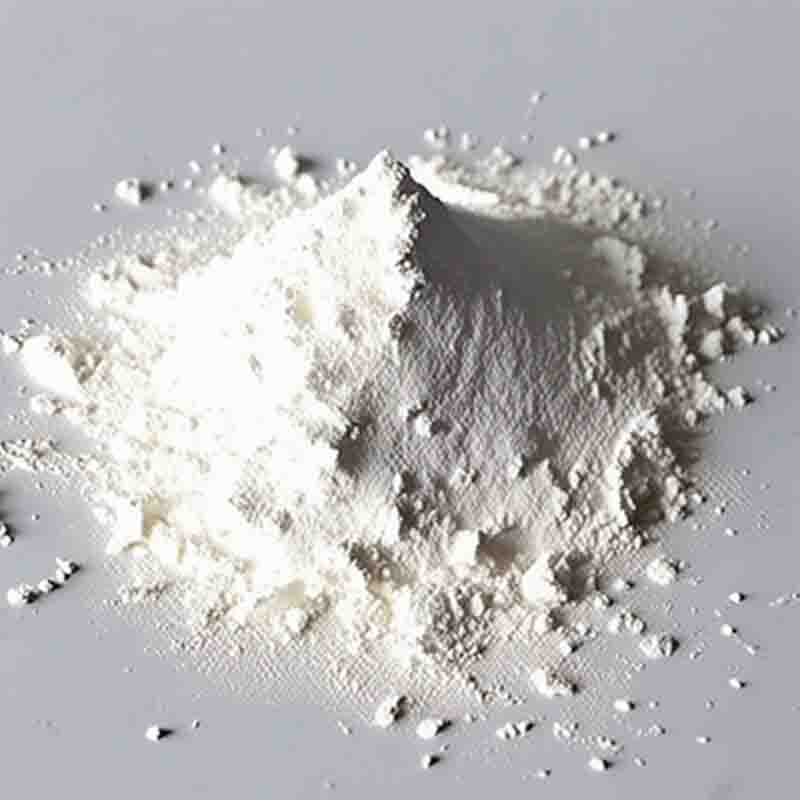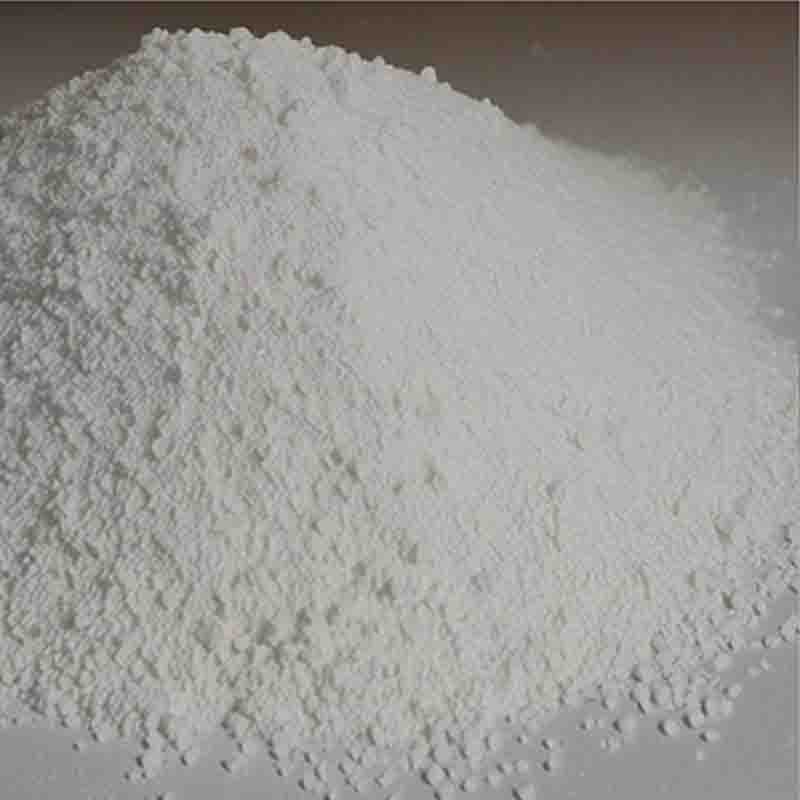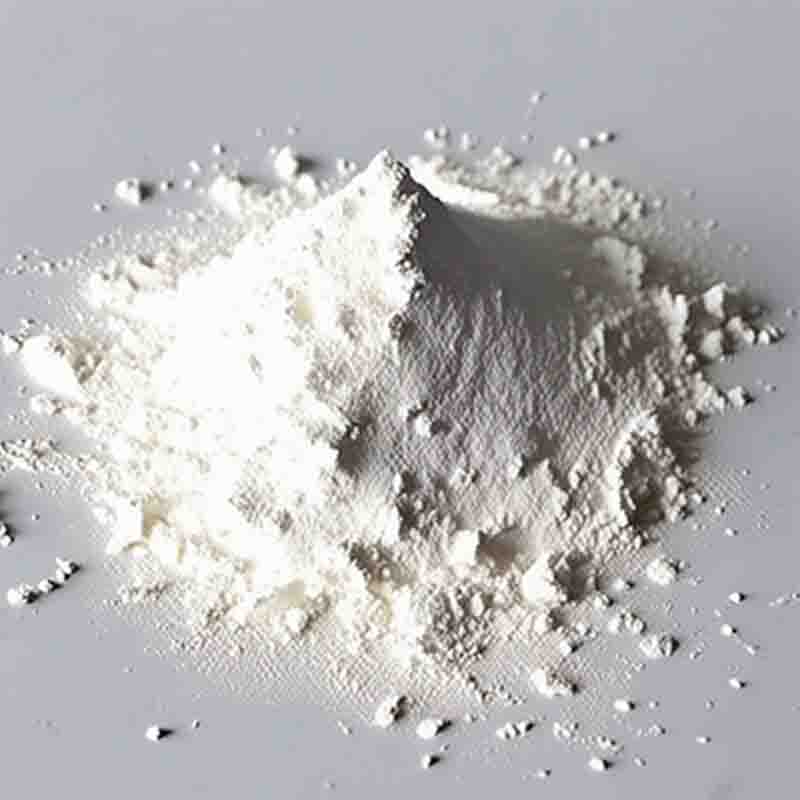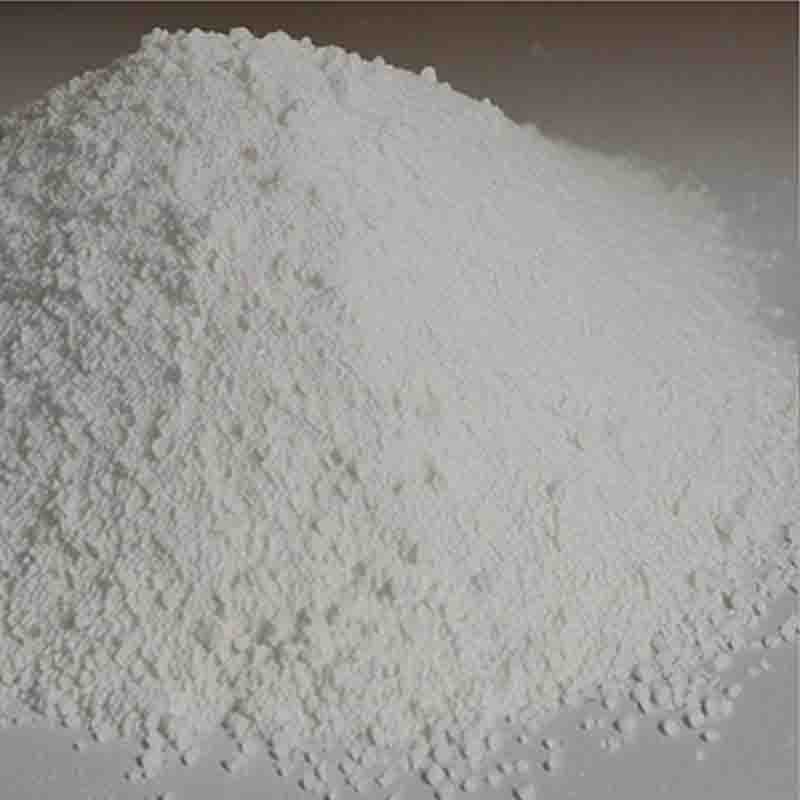Fmoc-S-trityl-L-Cysteine CAS:103213-32-7
| Catalog Number | XD95793 |
| Product Name | Fmoc-S-trityl-L-Cysteine |
| CAS | 103213-32-7 |
| Molecular Formula | C37H31NO4S |
| Molecular Weight | 585.71 |
| Storage Details | Ambient |
Product Specification
| Appearance | White powder |
| Assay | 99% min |
Fmoc-S-trityl-L-cysteine is a derivative of L-cysteine commonly used in peptide synthesis and solid-phase peptide synthesis (SPPS). It is a protected form of L-cysteine with the Fmoc (9-fluorenylmethyloxycarbonyl) group attached to the sulfur atom of the cysteine residue, and the trityl group protecting the thiol group.One of the main effects of Fmoc-S-trityl-L-cysteine is its incorporation into peptide chains. Peptides are composed of amino acids linked together through peptide bonds, and Fmoc-S-trityl-L-cysteine serves as a building block in this process. By introducing Fmoc-S-trityl-L-cysteine into the peptide sequence, researchers can incorporate the cysteine residue at desired positions and study the effects of cysteine on peptide structure and function.Cysteine is a unique amino acid because it contains a thiol group (-SH) which can form covalent disulfide bonds with other cysteine residues. Fmoc-S-trityl-L-cysteine allows for controlled protection and deprotection of the thiol group during peptide synthesis. This protection ensures that unwanted reactions do not occur at the thiol group during the synthesis process.Furthermore, Fmoc-S-trityl-L-cysteine is used in the synthesis of peptides containing disulfide bonds. Disulfide bonds play a critical role in stabilizing the structure of many peptides and proteins. By incorporating Fmoc-S-trityl-L-cysteine into the peptide sequence, researchers can form protected disulfide bonds that can be selectively deprotected and oxidized to form the desired disulfide bond configuration.Another significant effect of Fmoc-S-trityl-L-cysteine is its role in peptide modifications and conjugations. The thiol group of cysteine can react with various functional groups, enabling the attachment of different moieties to the peptide chain. Fmoc-S-trityl-L-cysteine provides protection to the thiol group, allowing for selective and controlled modifications of cysteine-containing peptides.Moreover, Fmoc-S-trityl-L-cysteine is utilized in the synthesis of peptide libraries and peptide-based probes. Peptide libraries are collections of diverse peptides that can be screened to identify ligands or therapeutic leads. Fmoc-S-trityl-L-cysteine allows for the incorporation of cysteine residues into the library, providing an opportunity to explore the potential functions and activities of cysteine-rich peptides.In summary, Fmoc-S-trityl-L-cysteine is a valuable compound in peptide synthesis and SPPS. It allows for the controlled incorporation of cysteine residues into peptides and facilitates the formation of disulfide bonds. Fmoc-S-trityl-L-cysteine also enables selective modifications of cysteine-containing peptides and the synthesis of diverse peptide libraries. Its versatility and functionality make it a useful tool in the field of peptide chemistry and drug discovery.









